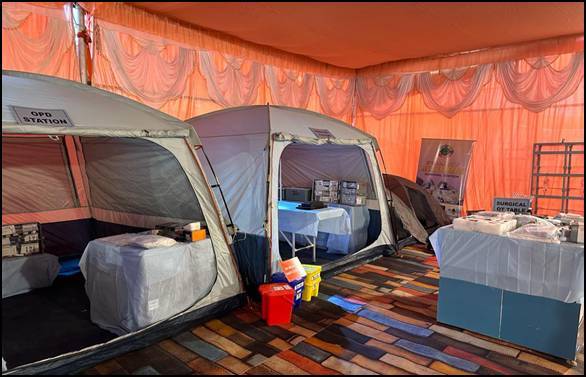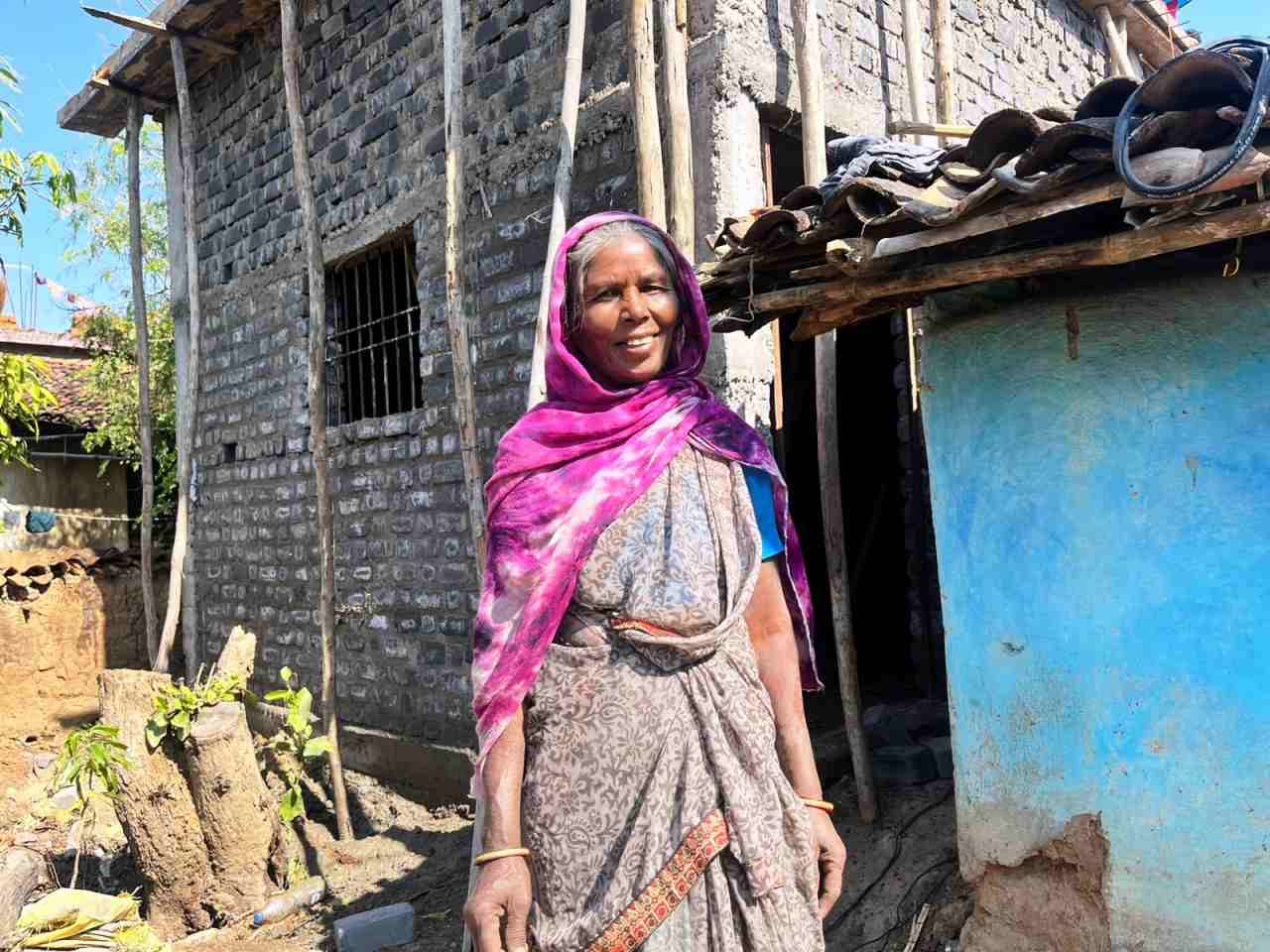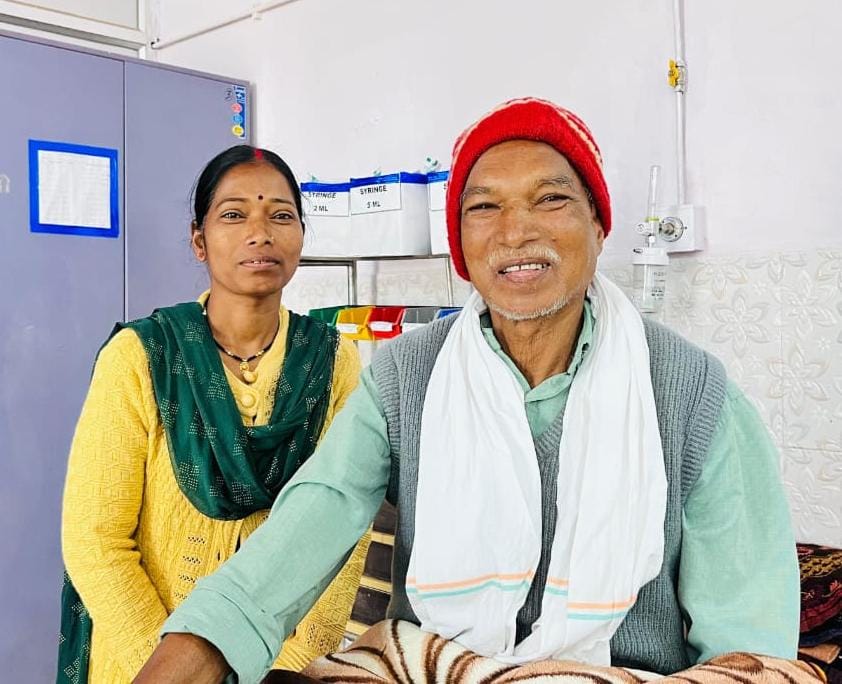
Two Arogya Maitri Disaster Management Cube-BHISHM, revolutionary mobile hospitals equipped with cutting-edge technology, have been deployed in Ayodhya to bolster medical readiness and response capabilities during the upcoming ‘Pran Pratishtha’ ceremony. Prime Minister Narendra Modi will visit Ayodhya for the Pran Pratishtha ceremony on January 22, 2024 and 8,000 guests are expected to attend the event.
This cube is a part of the broader initiative named “Project BHISHM” – Bharat Health Initiative for Sahyog, Hita and Maitri, is tailored to treat up to 200 casualties, emphasizing rapid response and comprehensive care. The Aid Cube is equipped with several innovative tools designed to enhance disaster response and medical support during emergencies. It integrates Artificial Intelligence (AI) and data analytics to facilitate effective coordination, real-time monitoring, and efficient management of medical services in the field.
The whole unit contains 72 easily transportable components that can be conveniently carried by hand, cycle, or even drone, providing unmatched flexibility. In the face of mass casualty incidents (MCIs), where requirements range from basic aid to advanced medical and surgical care, the Aid Cube stands out with its ability to be deployed within an astonishing 12 minutes. This swift deployment capability is crucial, as it effectively bridges the crucial time gap from primary care to definitive care, potentially saving numerous lives in the golden hour of emergencies.
These cubes are robust, waterproof, and light, designed for various configurations, making them ideal for diverse emergency scenarios. From airdrops to ground transportation, the cube can be rapidly deployed anywhere, ensuring immediate response capability.
Advanced medical equipment, RFID-tagged for efficient repacking and redeployment, is a key feature of the Cube. The state-of-the-art BHISHM software system integrated into a provided tablet allows operators to locate items quickly, monitor their usage and expiry, and ensure readiness for subsequent deployments.






